If the button is ever pressed and World War 3 happens the obvious question is – would some humans survive a nuclear war? The simple and short answer is, yes. However, when wondering how some humans survive a nuclear war it is worth nothing that life would change beyond believe.
Here we take a more detailed look at how and if humans could and would survive such devistation.
Would Some Humans Survive A Nuclear War?
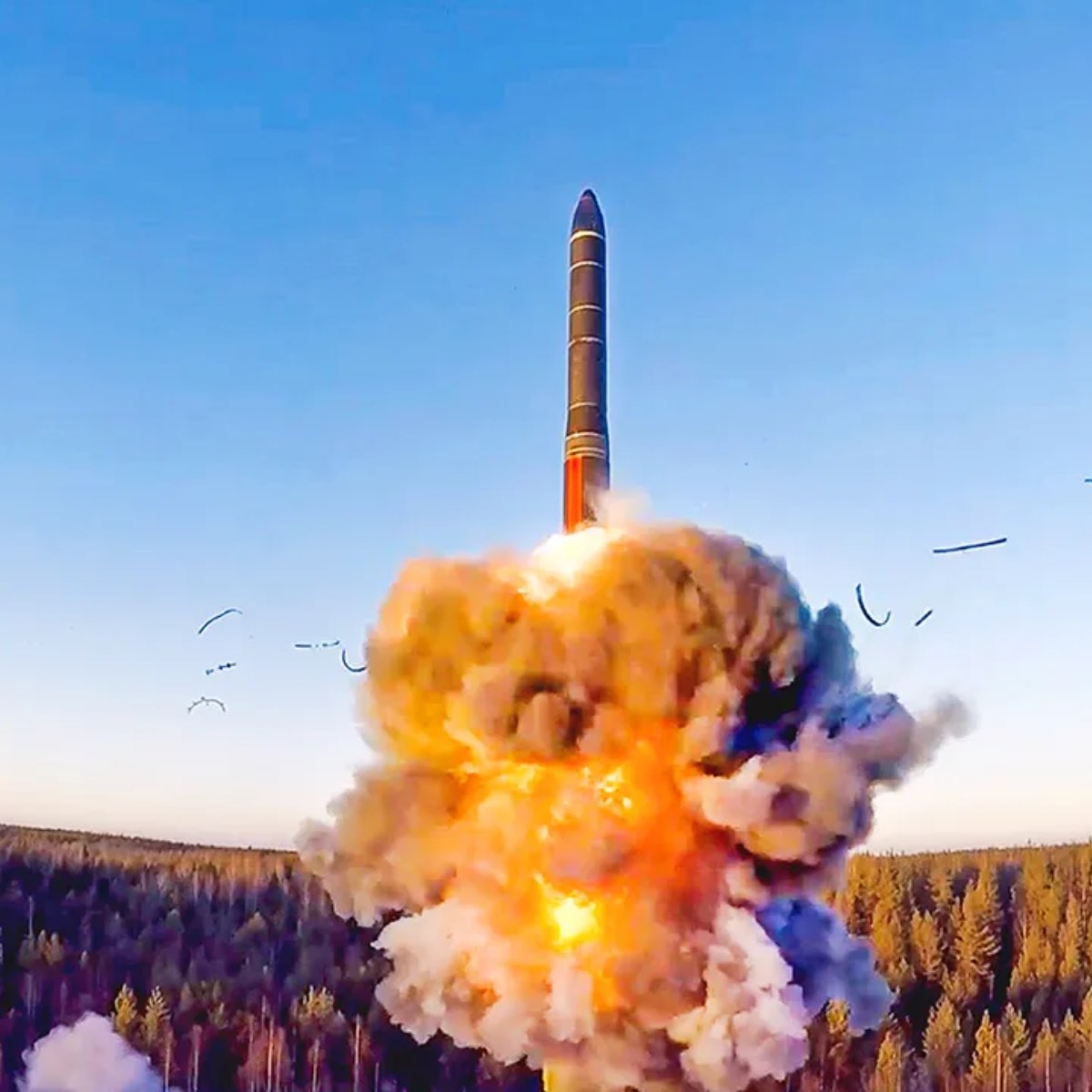
In the Shadow of the Mushroom Cloud: Examining Survival in a Nuclear Aftermath
The very notion of nuclear war conjures images of unimaginable devastation. Beyond the immediate destruction of cities and loss of countless lives, it paints a bleak picture of widespread environmental contamination, societal collapse, and long-term health consequences. The thought of surviving such a catastrophe can feel overwhelming, leaving many wondering: What hope would humanity have?
This exploration delves into the complexities of human survival in the aftermath of a nuclear war. We will examine the various factors that could influence the chances of individual and societal endurance, while acknowledging the inherent unpredictability associated with such a scenario. Through the lens of potential scenarios, we will explore the challenges and possibilities that could shape the post-nuclear world.
A World in Ruins: The Devastating Legacy of Nuclear War
When thinking of would some humans survive a nuclear war it is essential realising it would unleash a cascade of catastrophic consequences:
- Immediate destruction: Detonations would cause widespread destruction of buildings and infrastructure, leading to immense casualties from blast waves, thermal radiation, and initial radiation exposure.
- Fallout and contamination: Radioactive fallout would contaminate vast areas, rendering them uninhabitable for extended periods and posing long-term health risks through radiation sickness and increased cancer rates.
- Environmental disruption: Nuclear winter, a theoretical scenario of a global temperature drop due to smoke and dust blocking sunlight, could disrupt agricultural production and exacerbate food scarcity.
- Societal collapse: The destruction of critical infrastructure, combined with widespread panic and resource scarcity, could lead to the breakdown of governments, essential services, and social order.
These interconnected consequences paint a grim picture of a world fundamentally altered by nuclear war, leaving the question of human survival hanging heavy in the air.
Navigating the Unthinkable: Exploring Factors and Scenarios
While predicting the exact course of events in a post-nuclear world is impossible, examining relevant factors can offer some insights:
- Location: Distance from targeted areas, prevailing winds, and access to resources like food and water would significantly influence survival prospects.
- Preparedness: Individual and community preparedness measures, such as stockpiling supplies and developing evacuation plans, could play a crucial role in the immediate aftermath.
- Resilience and adaptation: The ability of individuals and communities to adapt to the harsh realities of a post-nuclear world, including finding alternative sources of food, shelter, and energy, would be critical for long-term survival.
Through various scenarios, we can explore the diverse challenges and potential opportunities that could arise in a post-nuclear world:
- Limited nuclear exchange: A smaller-scale nuclear war might see some regions experiencing less severe consequences, allowing for pockets of populations to survive and rebuild.
- Global nuclear winter: A large-scale nuclear exchange could trigger a theoretical nuclear winter, creating immense challenges for worldwide food production and survival.
It is important to remember that these scenarios are simplifications of a complex and unpredictable situation. The specific circumstances of a nuclear war would significantly influence the challenges and possibilities of human survival.
By understanding the potential devastating consequences and exploring the factors and scenarios that may influence survival, we can engage in meaningful discussions about the unspeakable costs of nuclear war and the importance of pursuing peace and non-proliferation. This exploration, while unsettling, can serve as a stark reminder of the responsibility we hold in shaping a future free from this existential threat.
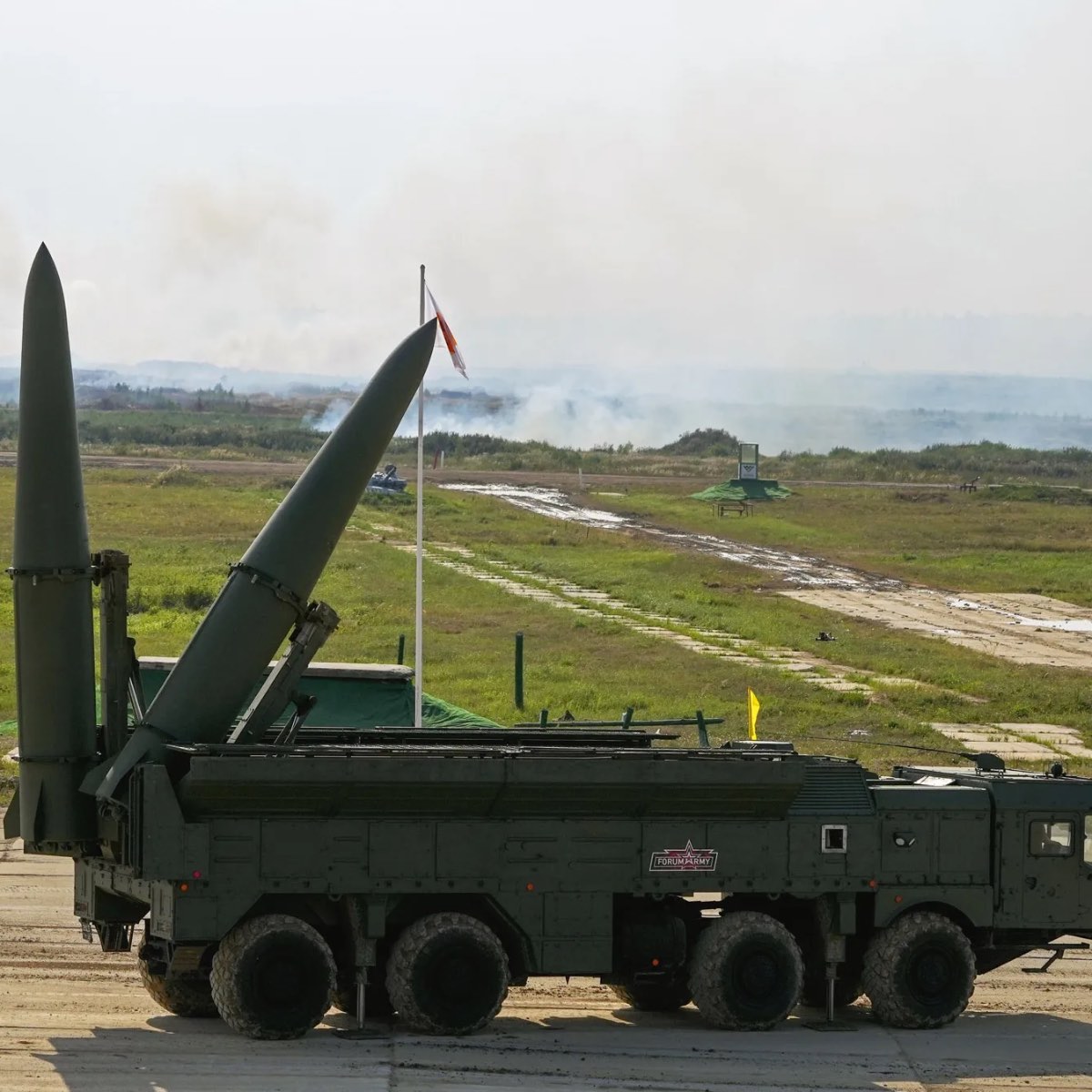
A World Transformed: Unraveling the Devastating Effects of Nuclear War
When considering would humans survive a nuclear war we must realise the potential consequences of a nuclear war extend far beyond the immediate mushroom cloud, leaving a long-lasting and devastating mark on humanity and the planet. This section delves into the immediate and long-term impacts of nuclear war, encompassing its effects on individuals, societies, and the environment.
Unfolding the Devastation: Immediate and Long-Term Effects of Nuclear Explosions
Nuclear explosions unleash a cascade of destructive forces with both immediate and long-term consequences:
- Blast effects: The initial shockwave from a nuclear detonation travels outward at supersonic speeds, causing widespread destruction of buildings, infrastructure, and anything caught in its path. This forceful wind can collapse structures, hurl debris at high velocities, and inflict fatal injuries upon individuals exposed within a certain radius.
- Thermal radiation: The intense heat emitted from a nuclear explosion can incinerate everything within close proximity to the blast site. This thermal radiation can cause severe burns and ignite fires that can further contribute to widespread destruction and environmental contamination.
- Radioactive fallout: Nuclear explosions release a deadly cocktail of radioactive materials into the atmosphere. These radioactive particles can travel long distances carried by wind, contaminating vast areas downwind of the detonation. The severity of the impact depends on the type of weapon, detonation location, and prevailing winds. This radioactive fallout poses long-term health risks through:
- Radiation sickness: Acute radiation exposure can cause a range of symptoms, including nausea, vomiting, hair loss, and even death within days or weeks.
- Increased cancer risk: Exposure to radiation, even at low levels, can significantly increase the risk of developing various types of cancer over time.
- Genetic mutations: Radiation can damage genetic material, potentially leading to harmful mutations that can be passed on to future generations.
These immediate and long-term effects of nuclear explosions highlight the immense destructive power of these weapons and their potential to inflict lasting harm on individuals and entire populations.
Society in Shambles: The Societal Impacts of Nuclear War
If humans survive a nuclear war they will have to contend with what is beyond the immediate physical destruction, a nuclear war would trigger a cascade of societal disruptions:
- Infrastructure damage: Essential infrastructure like power grids, communication networks, transportation systems, and medical facilities would likely be severely damaged or destroyed, hindering communication, transportation of essential goods, and access to emergency services.
- Social disruption: The breakdown of social order and widespread panic could lead to looting, violence, and societal collapse. Loss of governance and law enforcement could create a chaotic and dangerous environment.
- Economic collapse: Widespread destruction of infrastructure, disruption of supply chains, and the loss of human capital would cripple economies, leading to shortages of essential goods and services. The global economy would likely experience a severe downturn.
- Displacement and migration: Millions of people would be displaced from their homes due to the destruction, radiation contamination, and search for resources, potentially leading to large-scale migration and refugee crises.
These societal impacts would create immense challenges for long-term survival and recovery, forcing individuals and communities to adapt to a drastically altered and resource-scarce world.
A Scarred Planet: The Environmental Consequences of Nuclear War
The environmental consequences of a nuclear war would be far-reaching and long-lasting:
- Nuclear winter: A large-scale nuclear war could theoretically trigger a phenomenon known as nuclear winter. Soot and dust particles from burning cities and widespread fires would be injected into the upper atmosphere, blocking sunlight and causing a global temperature drop. This could disrupt agricultural production worldwide, leading to widespread food scarcity and famine.
- Climate disruption: Nuclear explosions can release greenhouse gases and pollutants into the atmosphere, potentially contributing to climate change and exacerbating existing environmental problems.
- Ecological damage: Radioactive fallout can contaminate land and water, harming plant and animal life, disrupting ecosystems, and affecting food chains. The long-term effects of radiation on the environment are complex and not fully understood.
These environmental consequences would not only directly impact human survival but would also have cascading effects on ecosystems and the planet’s ability to sustain life.
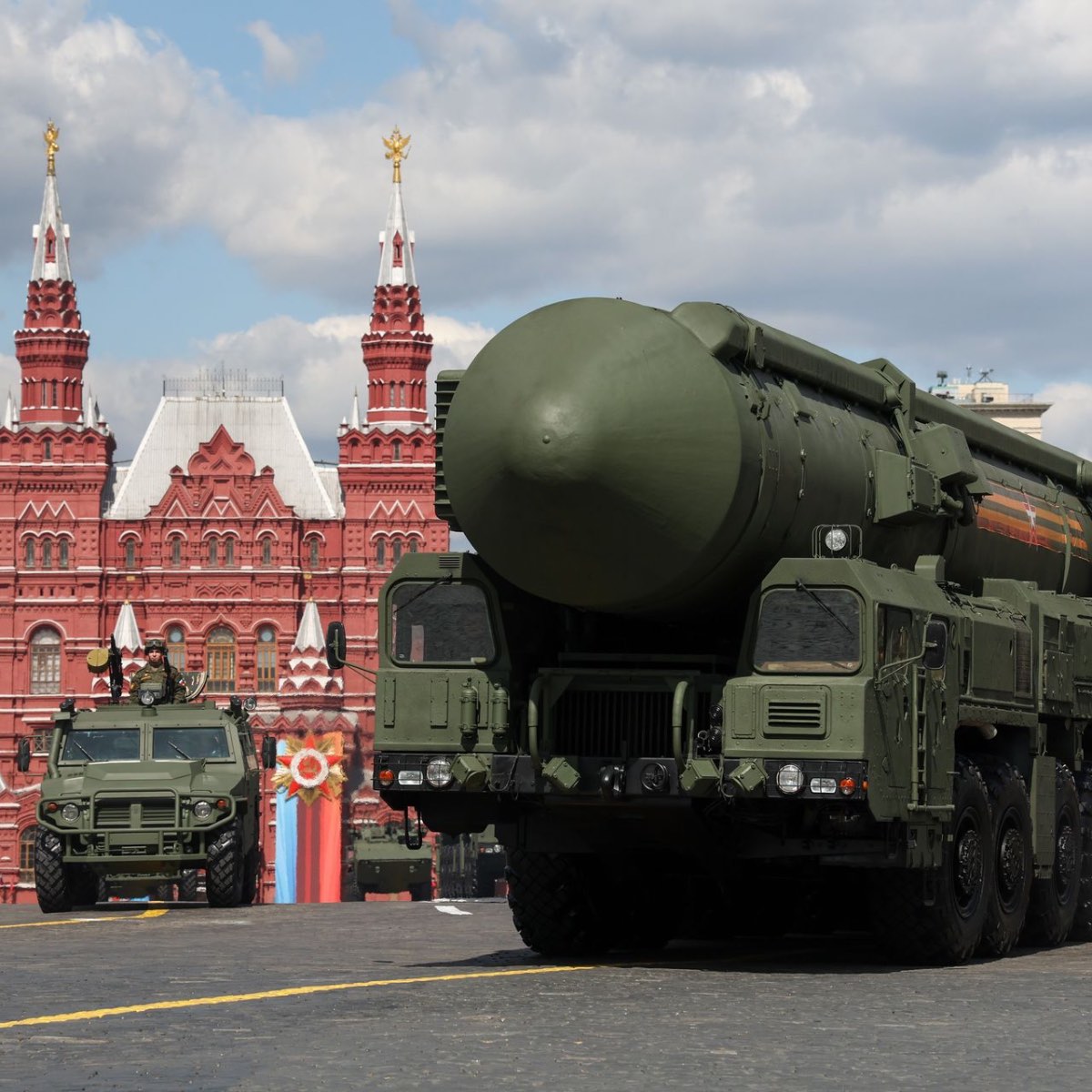
Navigating the Aftermath: Factors Influencing Human Survival
In the face of a scenario as devastating as nuclear war, the question of human survival becomes paramount. While the overall outlook remains grim, exploring various factors can shed light on potential influences on individual and societal endurance in the aftermath.
Navigating the Devastation: Immediate and Long-Term Influences
Several key factors can play a crucial role in influencing the chances of human survival in the wake of a nuclear war:
- Proximity to ground zero: Individuals located closer to the detonation site would face the most immediate and severe consequences, including blast effects, thermal radiation, and high levels of initial radiation exposure. Those further away would have a greater chance of survival in the immediate aftermath.
- Sheltering measures: Access to adequate sheltering can significantly improve survival chances by providing protection from initial blast effects and reducing exposure to radioactive fallout. Shelters with sufficient shielding materials like concrete or earth can significantly decrease radiation exposure.
- Preparedness levels: Individuals and communities with pre-existing preparedness measures, such as stockpiled supplies, evacuation plans, and knowledge of basic survival skills, would be better equipped to handle the initial challenges and navigate the long-term difficulties.
It is crucial to remember that these factors are interconnected and their influence can vary depending on the specific context of the event. For instance, the effectiveness of sheltering can be compromised by infrastructure damage limiting access, and preparedness efforts can be overwhelmed by the scale of the devastation.
The Human Spirit Endures: Resilience and Adaptability in the Face of Adversity
Despite the immense challenges, the human capacity for resilience and adaptability can play a crucial role in surviving and rebuilding in the aftermath:
- Survival skills: Individuals with knowledge and skills related to first aid, navigation, foraging, and basic shelter construction would be better equipped to navigate the immediate challenges and secure their basic needs.
- Resourcefulness: The ability to improvise and utilize available resources creatively would be essential for finding food, water, and shelter in a world with disrupted supply chains and limited resources.
- Community cooperation: Collaboration and cooperation within communities would be crucial for sharing resources, establishing security, and working together to overcome challenges and rebuild society.
While individual strength and resourcefulness are important, the collective effort and support of communities would be a vital factor in long-term survival and the potential for rebuilding.
Technological Innovations: Glimmers of Hope in a Bleak Landscape
While the focus remains on preventing nuclear war, advancements in technology and scientific innovations offer some potential for enhancing humans chances of surviving a nuclear war. Survival prospects in the unfortunate event of such a scenario:
- Medical treatments: Advancements in radiation sickness treatment, development of radiation-resistant crops, and improvements in medical technology could potentially improve the chances of survival for those exposed to radiation.
- Agricultural techniques: Developing drought-resistant and radiation-tolerant crops, along with exploring alternative hydroponic and vertical farming solutions, could improve food security in a world with disrupted traditional agriculture.
- Renewable energy solutions: Utilizing renewable energy sources like solar and wind power could offer a sustainable and independent source of energy in a scenario where traditional infrastructure is damaged or unreliable.
However, it is important to acknowledge the limitations of these advancements. Developing and deploying such technologies on a large scale in a post-nuclear world would be immensely challenging, and their effectiveness would depend on various factors, including global cooperation and resource availability.
While the chances of human survival in the aftermath of a nuclear war remain uncertain and heavily influenced by various factors, acknowledging the potential influence of preparedness, resilience, and technological advancements can foster a sense of agency even in the face of such an immense threat. The focus, however, should remain firmly on preventing such a scenario through international cooperation, non-proliferation efforts, and a collective commitment to building a future free from the shadow of nuclear weapons.
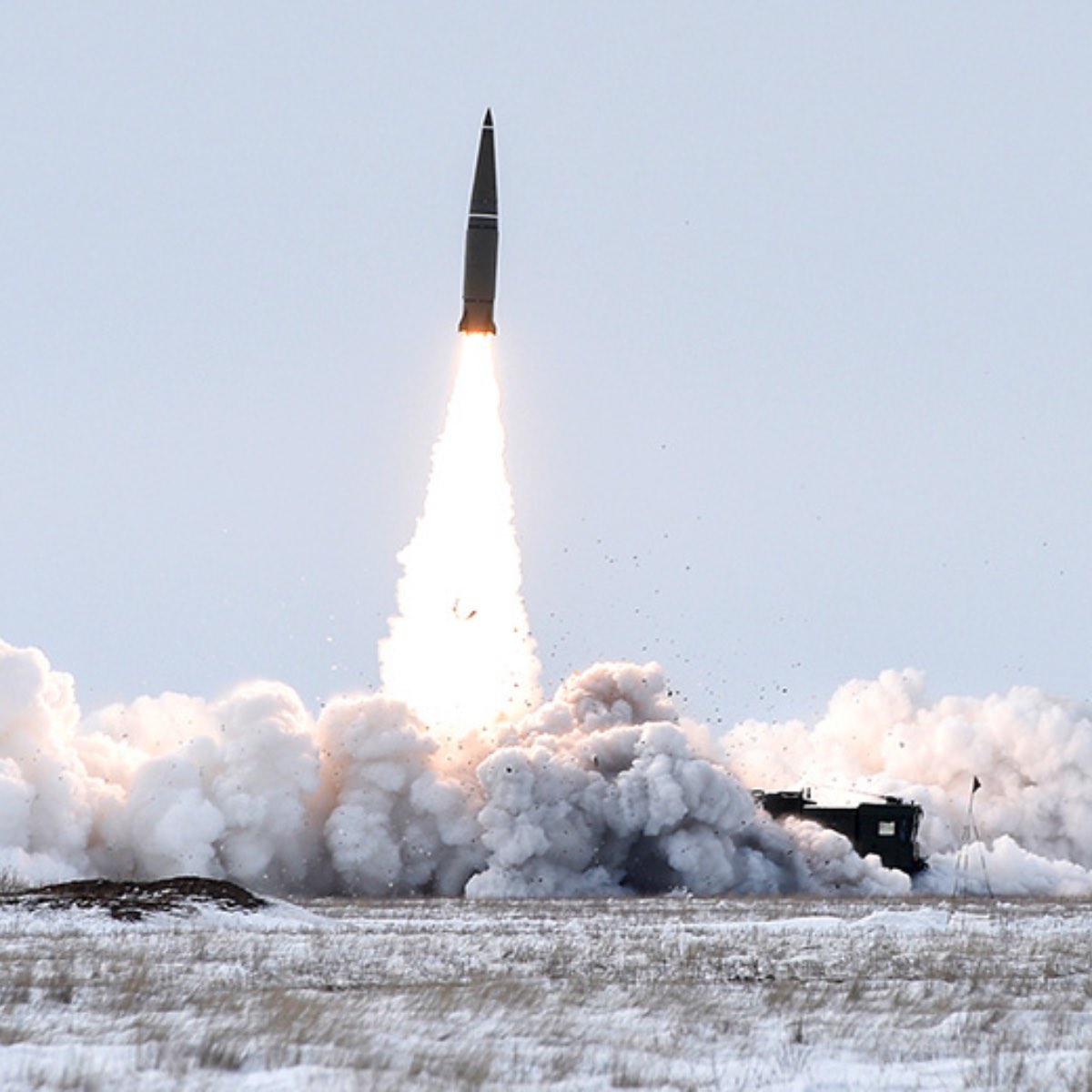
Navigating the Unthinkable: Sheltering, Evacuation, and Preparedness Measures
While the prospect of a nuclear war is deeply unsettling, it is crucial to acknowledge the importance of preparedness in mitigating risks and potentially improving survival chances. This section explores various sheltering, evacuation, and preparedness measures that individuals and communities can consider, emphasizing that these measures are hypothetical and should not be misconstrued as a guarantee of safety in such an extreme scenario.
Seeking Refuge: Sheltering Strategies
In the event of a nuclear attack, seeking shelter in a shielded location is crucial for reducing exposure to blast effects and radioactive fallout. Here are some key aspects of sheltering-in-place strategies:
- Identifying suitable shelter locations: Basements, interior rooms on the ground floor with no windows, and central hallways in sturdy buildings offer some protection. Buildings constructed with concrete or brick walls provide better shielding than those made of wood or lighter materials.
- Reinforcing structures: If time permits, consider reinforcing your chosen shelter by sealing cracks and doorways with duct tape or other available materials to minimize dust infiltration. Adding furniture or sandbags against exterior walls can offer additional protection from blast effects.
- Stocking emergency supplies: Assemble a well-stocked emergency kit containing essentials like non-perishable food, water, first-aid supplies, sanitation items, a battery-powered radio, and a flashlight. Aim to have enough supplies to last for several days, as access to essential resources may be disrupted.
It is vital to remember that sheltering-in-place may not always be the best option. Staying informed and adhering to official guidance is crucial, as authorities might recommend evacuation depending on the specific circumstances of the event.
On the Move: Evacuation Procedures
Evacuation may be necessary depending on the location, proximity to potential targets, and official instructions. Here are some key considerations for evacuation procedures:
- When to evacuate: Promptly follow official evacuation orders issued by authorities. Delaying evacuation can significantly increase exposure risks.
- Where to go: Evacuation routes and designated shelters may be established by authorities. It is crucial to follow designated routes and avoid areas downwind from the potential blast zone.
- Travel safely: If necessary, use a car for evacuation, but be prepared for traffic congestion and potential road closures. Cover exposed skin and wear a mask to minimize dust inhalation.
Remember, evacuation should only be attempted if instructed by authorities and if the situation allows for safe travel. Sheltering-in-place might be a safer option in certain scenarios, depending on the specific circumstances.
Building Resilience: Preparedness Measures Beyond the Immediate
Beyond immediate sheltering and evacuation considerations, long-term preparedness plays a crucial role in navigating the challenges of a post-nuclear scenario:
- First aid training: Acquiring basic first-aid and CPR skills can be invaluable in the aftermath of a crisis, where medical services may be overwhelmed or unavailable.
- Communication protocols: Establish communication plans with family and community members, identifying designated meeting points or communication channels in case traditional communication methods are disrupted.
- Community resilience initiatives: Collaborate with neighbors to establish community preparedness plans, share resources, and work together to overcome challenges in the aftermath of a disaster.
Investing in preparedness at both individual and community levels fosters resilience and empowers individuals to navigate potential scenarios with greater agency. It is vital to remember that preparedness does not guarantee safety in such an extreme event, but it signifies a proactive approach to mitigating risks and increasing potential survival chances.
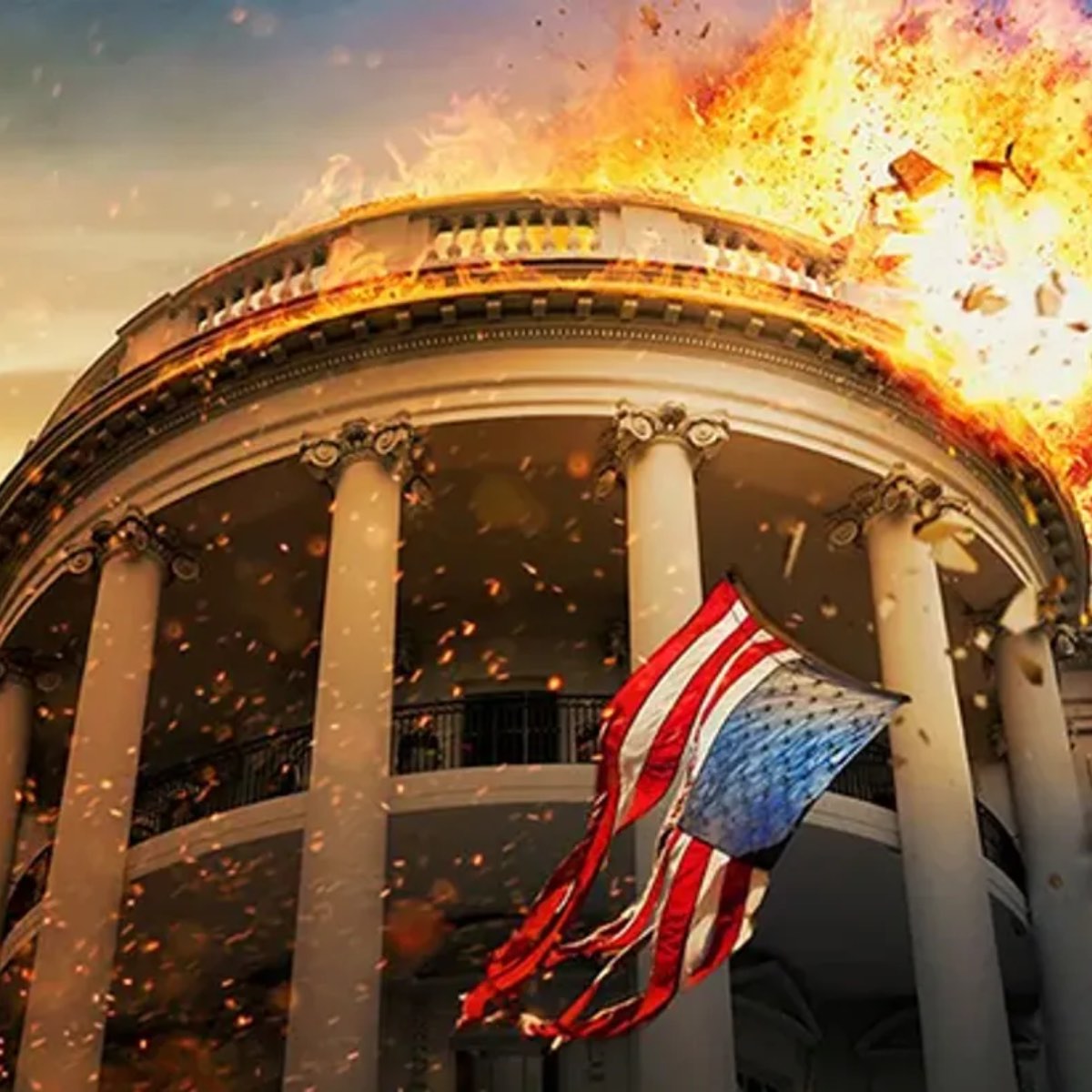
In the Shadow of the Fallout: Navigating Health Challenges in a Post-Nuclear World
A nuclear war would not only inflict immediate devastation but also pose long-term health risks and medical challenges for survivors. This section explores the potential health issues, available medical interventions, and crucial public health measures that may be necessary in the aftermath of such a catastrophe.
A Scourge on Health: Potential Health Risks and Medical Challenges
Nuclear war would unleash a cascade of health threats, impacting individuals and communities in various ways:
- Radiation sickness: Acute radiation exposure from fallout can cause a range of symptoms, including nausea, vomiting, hair loss, and even death within days or weeks. The severity depends on the radiation dose received.
- Injuries: Blast effects and collapsing structures would cause a surge of traumatic injuries, overwhelming medical facilities and straining limited resources. Burns from thermal radiation would also require specialized treatment.
- Infections: Disruptions to sanitation systems, water supplies, and waste management could lead to the spread of waterborne and infectious diseases. Limited access to clean water and sanitation facilities would further exacerbate these risks.
- Psychological trauma: Witnessing the devastation and loss of life would inflict severe psychological trauma on individuals and communities, requiring long-term mental health support.
These intertwined health challenges would create immense pressure on existing medical infrastructure, potentially leading to medical emergencies and widespread suffering.
Healing in the Ruins: Medical Treatments and Interventions
While the challenges would be immense, various medical treatments and interventions could offer some hope in mitigating the health impacts:
- Radiation sickness treatment: Supportive care for radiation sickness includes managing symptoms, treating infections, and potentially using bone marrow transplants for individuals with severe cases. However, access to such specialized treatments might be limited in a post-nuclear world.
- Wound care and surgery: Treating injuries and burns would require surgical interventions and wound care. However, the availability of medical personnel, supplies, and adequate sanitation facilities would likely be significantly constrained.
- Disease control and prevention: Implementing public health measures like disease surveillance, vaccination campaigns, and improved sanitation practices would be crucial for containing the spread of infectious diseases and protecting the health of survivors.
- Mental health support: Providing psychological support and counseling to individuals and communities would be essential for addressing the widespread trauma and mental health challenges arising from such an event.
The effectiveness of these interventions would heavily depend on the specific circumstances and the availability of resources in a post-nuclear world.
Building Back from the Brink: Public Health Measures for a Sustainable Future
The building back process will be an essential part of whether or not humans will survive a nuclear war. Mitigating the health consequences of a nuclear war would necessitate proactive public health measures:
- Disease surveillance: Establishing systems for monitoring and tracking the spread of infectious diseases would be crucial for early detection and rapid response.
- Sanitation practices: Promoting safe water management, waste disposal practices, and personal hygiene would be essential for preventing the spread of diseases in a resource-scarce environment.
- Vaccination campaigns: Implementing vaccination programs to immunize populations against common infectious diseases would be critical for protecting public health.
- International cooperation: Collaboration and resource sharing between nations would be crucial for providing adequate medical supplies, personnel, and expertise to support recovery efforts.
Investing in robust public health infrastructure, promoting preventive measures, and fostering international cooperation would be vital for mitigating health risks and facilitating long-term recovery in the aftermath of a nuclear war.
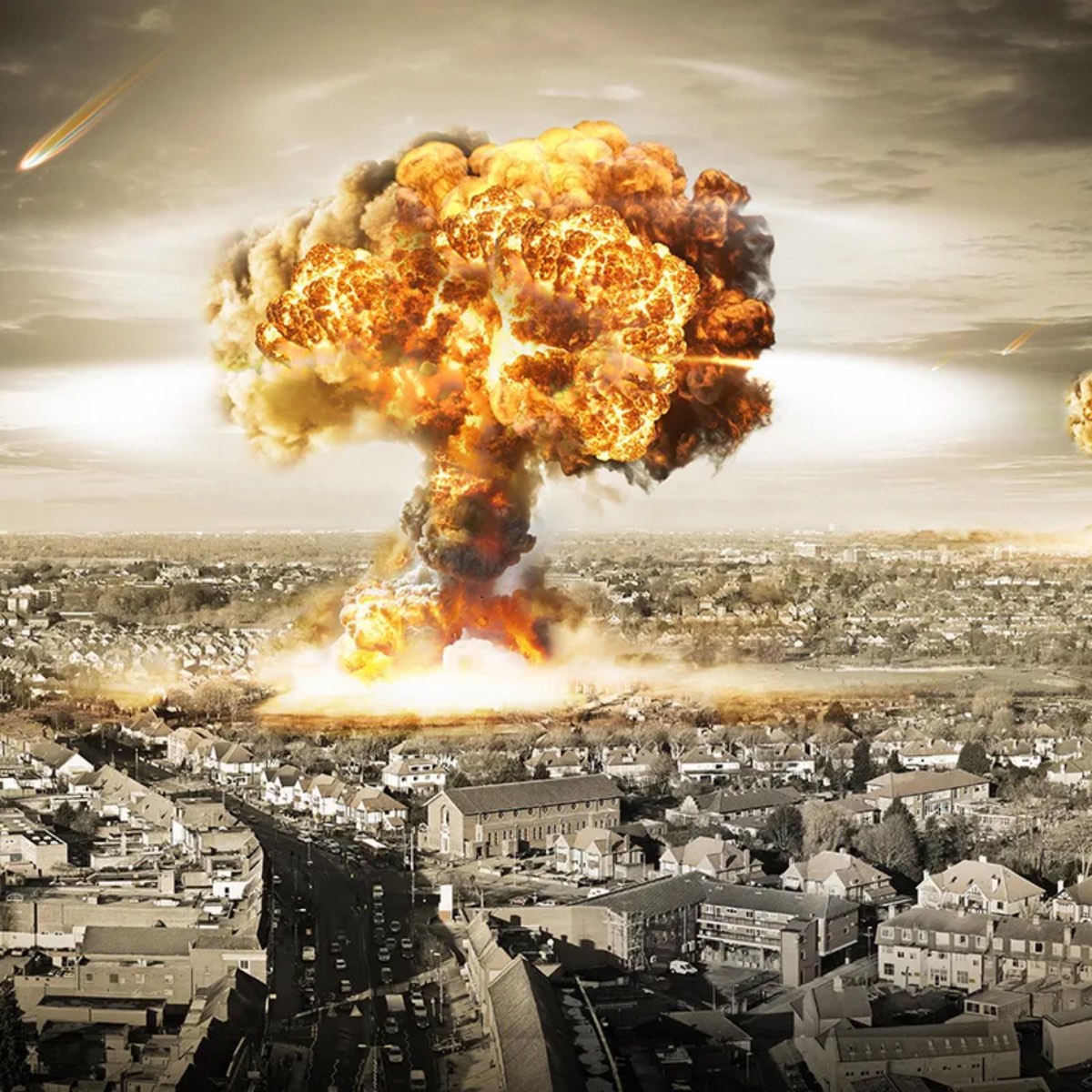
Mending the Scars: Environmental Rehabilitation and Recovery in a Post-Nuclear World
Even if humanity manages to survive the immediate devastation of a nuclear war, the scars on the planet would run deep. The environmental consequences would be long-lasting and require monumental efforts for rehabilitation and recovery. This section explores the potential for environmental remediation, sustainable development initiatives, and the crucial role of international cooperation in rebuilding the world after such a catastrophe.
Reclaiming the Land: Environmental Remediation Efforts
In the aftermath of a nuclear war, environmental remediation efforts would be crucial for safeguarding the health and well-being of surviving populations and facilitating long-term recovery. This would involve:
- Decontamination procedures: Areas contaminated with radioactive fallout might require decontamination through various methods, recognizing the limitations and potential risks associated with each. This could involve removing contaminated soil layers, decontaminating structures, and utilizing specialized techniques for specific radioactive materials.
- Soil restoration: Restoring the fertility of contaminated soil would be critical for long-term food security. This could involve applying chelating agents to bind and remove radioactive elements, adding organic amendments to promote soil health, and introducing phytoremediation techniques using plants that absorb and concentrate contaminants.
- Wildlife conservation: The impact of nuclear war on wildlife populations would be significant. Conservation efforts would be required to protect endangered species and promote the recovery of ecosystems. This might involve establishing protected areas, implementing breeding programs for vulnerable species, and managing the potential spread of radioactive contamination through wildlife migration.
It is important to acknowledge the complexity and limitations of environmental remediation efforts. The effectiveness of various techniques would depend on the specific circumstances of the event, the availability of resources, and the long-term persistence of radioactive materials in the environment.
Building Back Better: Sustainable Development Initiatives for a Future World
Rebuilding societies after a nuclear war would necessitate a paradigm shift towards sustainable practices:
- Renewable energy projects: Transitioning to renewable energy sources like solar, wind, and geothermal power would be crucial to providing clean energy and mitigating reliance on fossil fuels, which could further contribute to environmental damage.
- Ecosystem restoration: Restoring degraded ecosystems would be essential for maintaining biodiversity, preserving natural resources, and promoting environmental health. This could involve planting trees, reintroducing native species, and managing land use practices sustainably.
- Sustainable agriculture practices: Developing and adopting sustainable agricultural practices would be essential for ensuring long-term food security in a world with potentially disrupted global food supply chains. This might involve adopting regenerative farming methods, promoting local food production, and minimizing the use of chemical fertilizers and pesticides.
Investing in sustainable development would not only address environmental challenges but also create opportunities for economic growth and social development in a post-nuclear world.
A Collective Responsibility: International Cooperation and Peacebuilding
The scale of a post-nuclear world’s challenges would necessitate unprecedented levels of international cooperation:
- Humanitarian assistance: Providing humanitarian aid to survivors, including food, water, medical supplies, and shelter, would be essential for mitigating immediate suffering and facilitating the recovery process.
- Resource sharing: Sharing resources, expertise, and technology between nations would be crucial for addressing complex environmental challenges and rebuilding societies. This might involve knowledge sharing on decontamination techniques, collaborative research on sustainable development strategies, and collective efforts to address the global ramifications of a nuclear war.
- Peacebuilding efforts: Fostering peacebuilding initiatives and addressing the root causes of conflict would be crucial to preventing future nuclear threats. This could involve promoting dialogue and diplomacy, fostering trust and cooperation between nations, and establishing international norms and mechanisms for conflict resolution.
International cooperation and peacebuilding are not simply idealistic notions; they are imperatives for ensuring a future free from the threat of nuclear war and the environmental devastation it unleashes.

Would Some Humans Survive A Nuclear War Conclusion: A Future Worth Fighting For
When wondering would some humans survive a nuclear war the simple answer is, yes. However, how well they fare in the aftermath will become more and more problematic. One thing for certain is life will change beyond imagination from the very second the nuclear button is pressed.
This exploration ventured into the unthinkable, examining the devastating consequences of a nuclear war. While human survival prospects in such a scenario remain uncertain, understanding the factors influencing survival, including proximity to detonation, sheltering strategies, preparedness levels, and community resilience, can empower individuals to navigate the potential realities.
Beyond immediate survival, the immense health challenges, environmental devastation, and long-term rehabilitation efforts paint a stark picture of the enduring impact. Recognizing the limitations of available medical interventions, decontamination techniques, and sustainable development initiatives underscores the urgency of prevention.
Investing in preparedness measures, fostering resilience within communities, and fostering international cooperation are not simply responses to hypothetical scenarios; they are imperatives for mitigating the risks of nuclear war and building a future free from this existential threat.
The consequences of nuclear war transcend national borders and threaten the very fabric of our existence. Choosing peace, pursuing non-proliferation, and embracing dialogue are not merely aspirations; they are the only paths towards a future worth fighting for, a future where humanity thrives and the planet flourishes, free from the shadow of nuclear annihilation.
Remember, this exploration in to wondering if humans would survive a nuclear war serves as a reminder of the immense responsibility we hold in shaping our collective future. By acknowledging the potential consequences of our actions and fostering a global commitment to peace and disarmament, we can work towards a world where the horrors of nuclear war remain a relic of the past.
Check out more World War 3 stuff here
